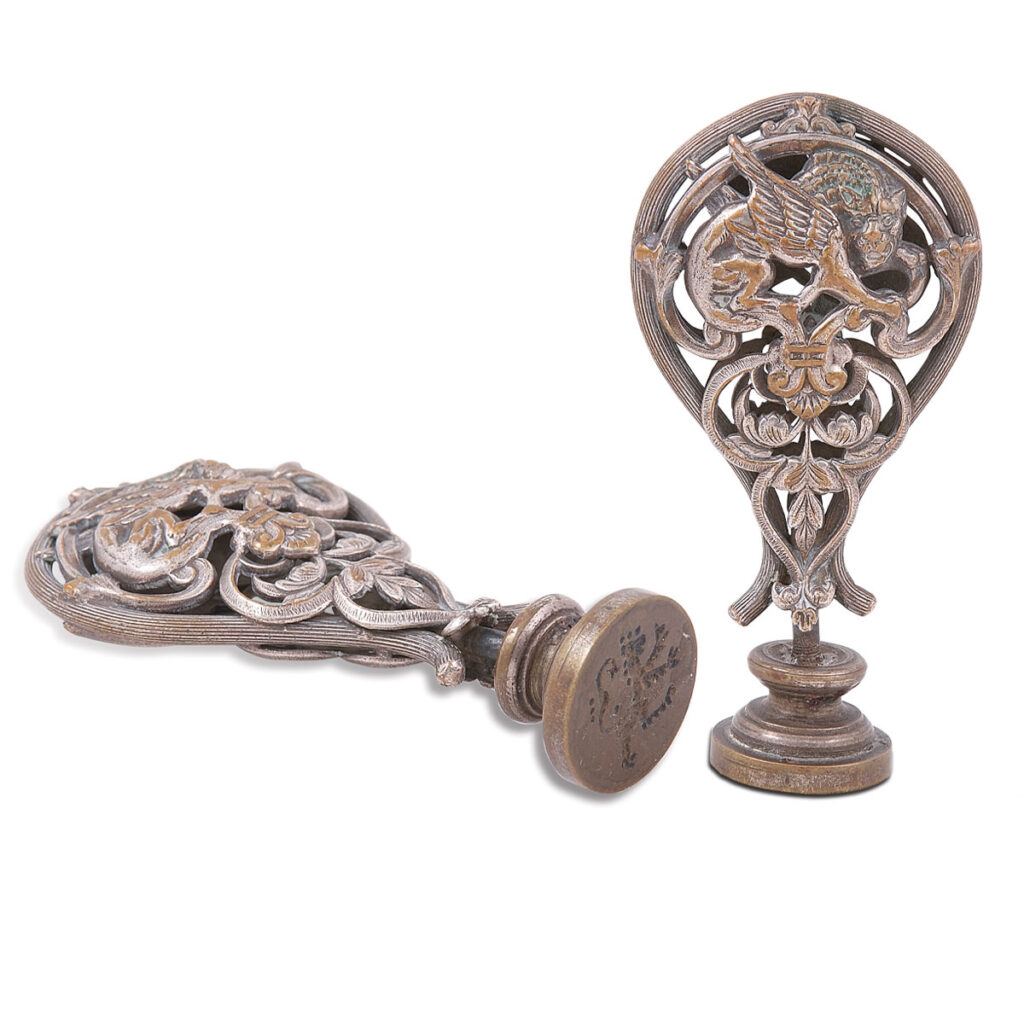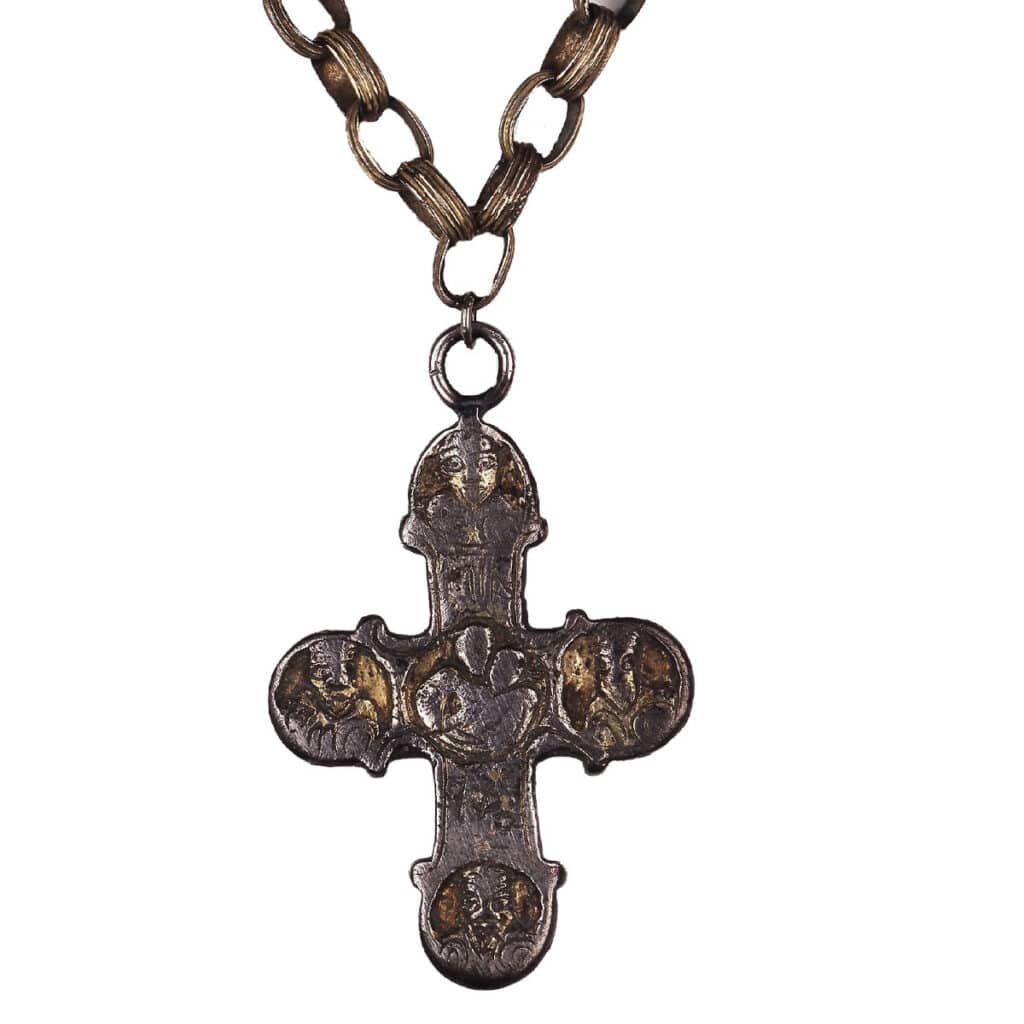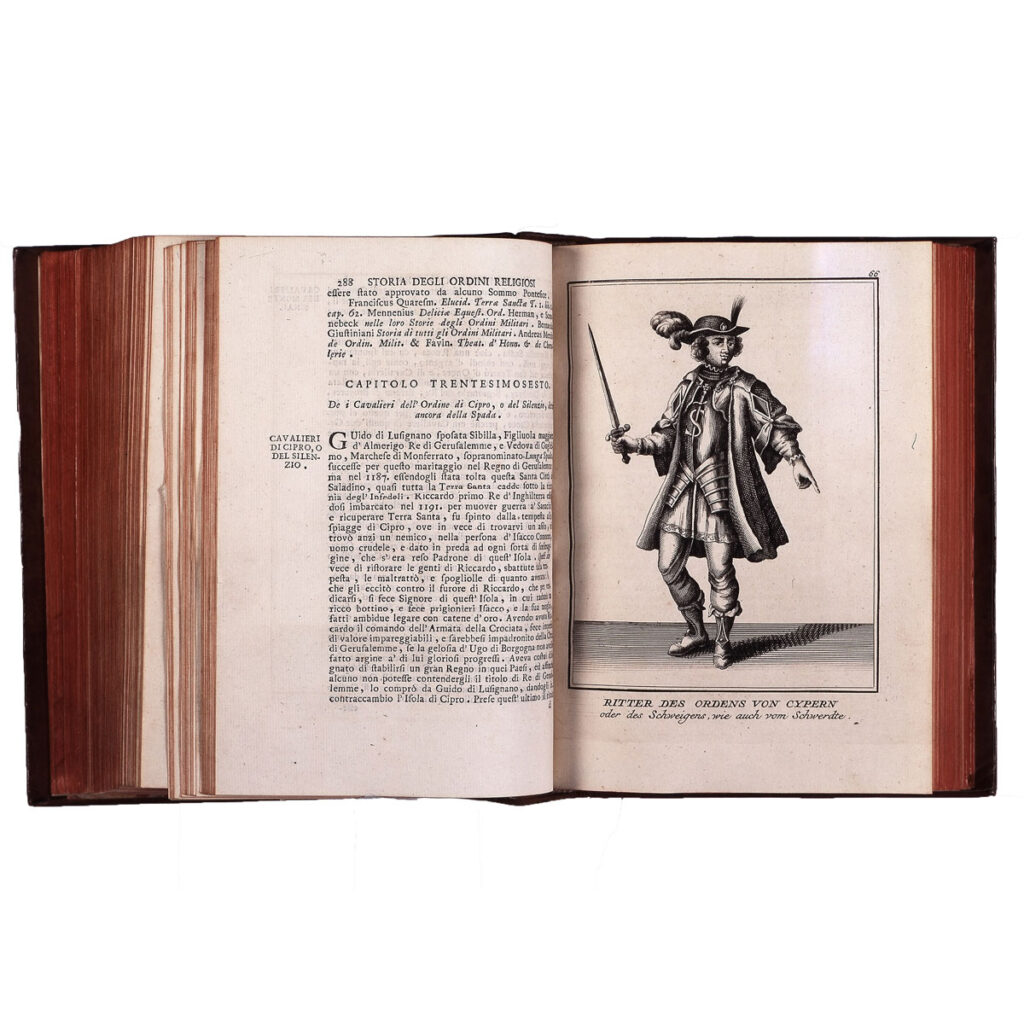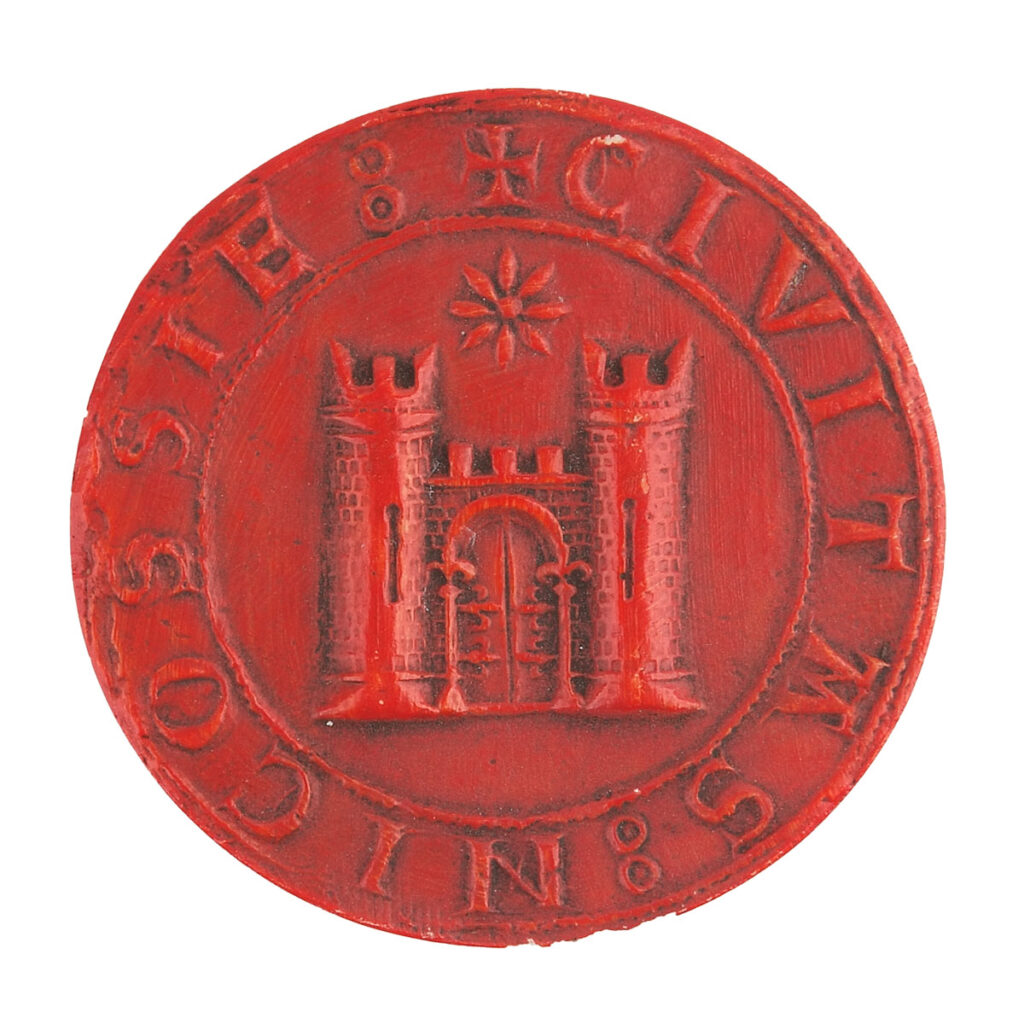Frankish Period
The Frankish Period (1191-1489) was an important era in the history of Cyprus, centred on Nicosia. It connected the island to European civilisation, then at its peak, without dislodging it from its Hellenistic, Byzantine and Eastern origins. In 1191 Cyprus was occupied by Richard the Lionheart; then, following a short rule by the Knights Templar, the island found itself in the hands of the Lusignans, a family of French nobles from Poitiers in west-central France, who established a feudal kingdom having its seat in Nicosia, widely known as the medieval Kingdom of Cyprus.
During this period the island attained its most important role as an economic, cultural and geopolitical bridge between East and West. In spite of the extremely adverse conditions under which the people of Cyprus lived, the new cultural synthesis brewed on the island may be considered an early manifestation of the European spirit and an authentic fruit of the Renaissance.
The House of Lusignan left its own traces on the place names, art and soul of the Cypriots, but the family eventually became assimilated, while imbuing the land with a more cosmopolitan, spiritual and cultural character.
At the same time, Nicosia, the capital of the medieval kingdom, gained an importance of its own as the island’s administrative and commercial centre, a position it sustains to this day.
The kingdom’s administrative system
As the Franks took up residence in Cyprus, the island became part of Western European politics. Upon their arrival, knights, nobles, merchants and artists settled mostly in the big cities of Nicosia and Famagusta, creating a new social class.
The administrative system of the Kingdom of Cyprus was modelled on that of the Kingdom of Jerusalem, as the applicable law was based on the so-called Assizes of Jerusalem, a collection of treatises of the Haute Cour, namely the High Court, and the Cour des Bourgeois, or the Lower Court. The High Court was the kingdom’s supreme legislative, judicial and executive authority, comprising the knights and headed by the king. The Lower Court included the non-nobles, headed by the viscount of Nicosia.
Seat of the crown and the archbishop
Nicosia was the seat of the king and of the Latin archbishop, as well as traders and consuls from other European countries. The viscount of Nicosia was responsible for the smooth operation of the city and for its citizens.
The architecture of Nicosia changed radically when the town became the royal capital of the Lusignans. The small market town was transformed into a cosmopolitan capital boasting new walls, palaces, mansions, large houses, commercial streets and squares. Churches and monasteries in the Gothic style were erected to house the various Latin religious orders. In 1209 construction of Nicosia’s largest Gothic church, the Cathedral of St Sophia, began.
Walls with nine gate-towers surrounded the city, which was bisected by the Pediaios River, whilst its northern and southern sides were joined by wooden or stone bridges.





